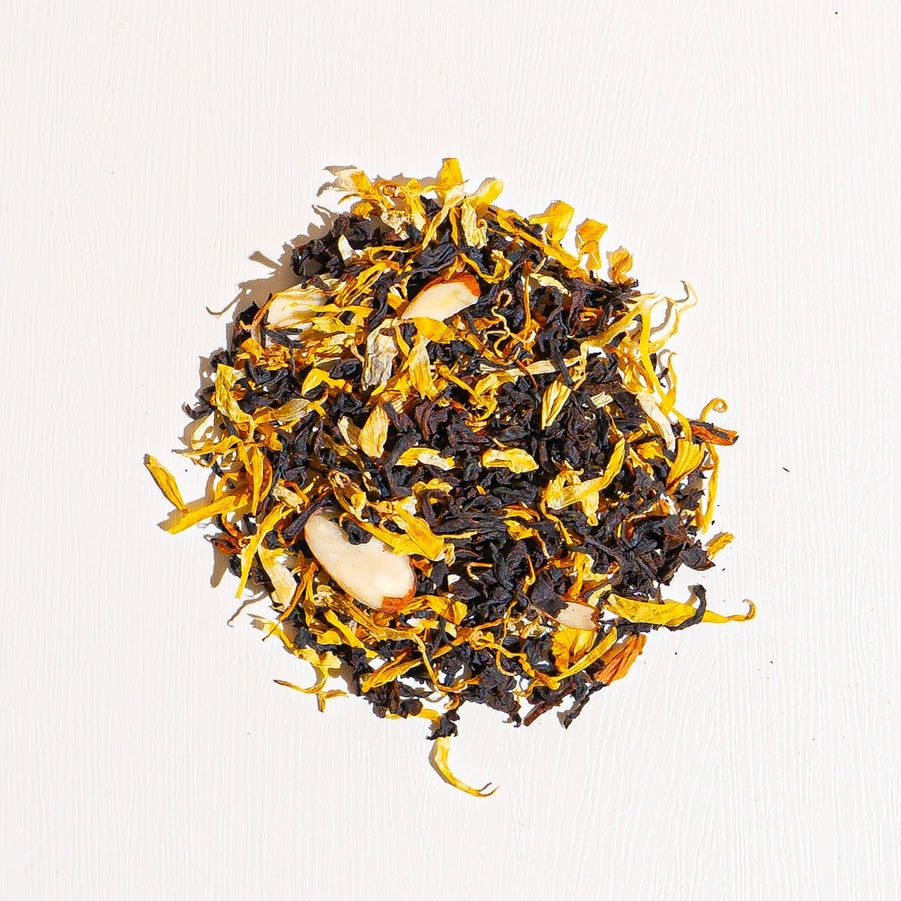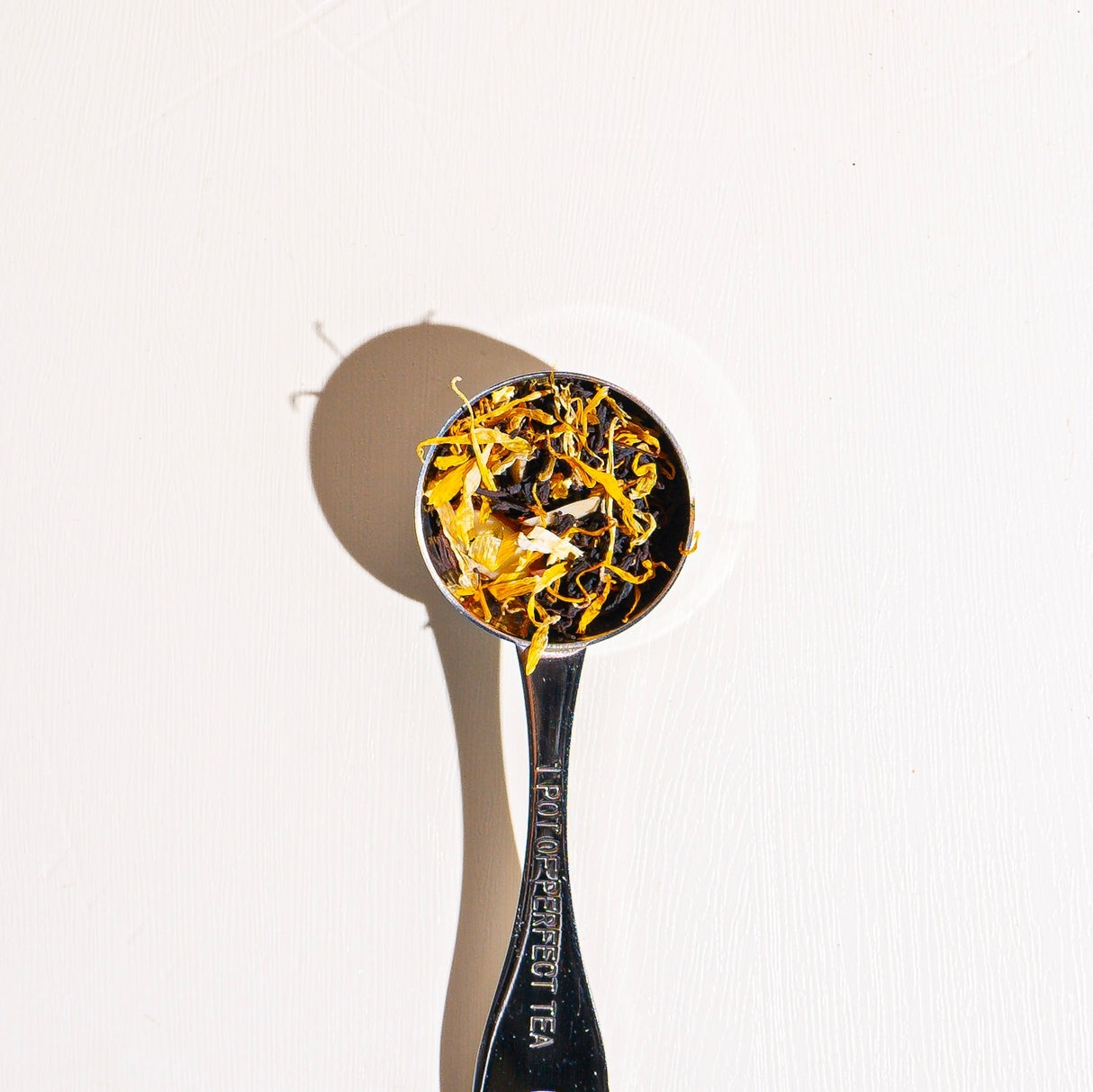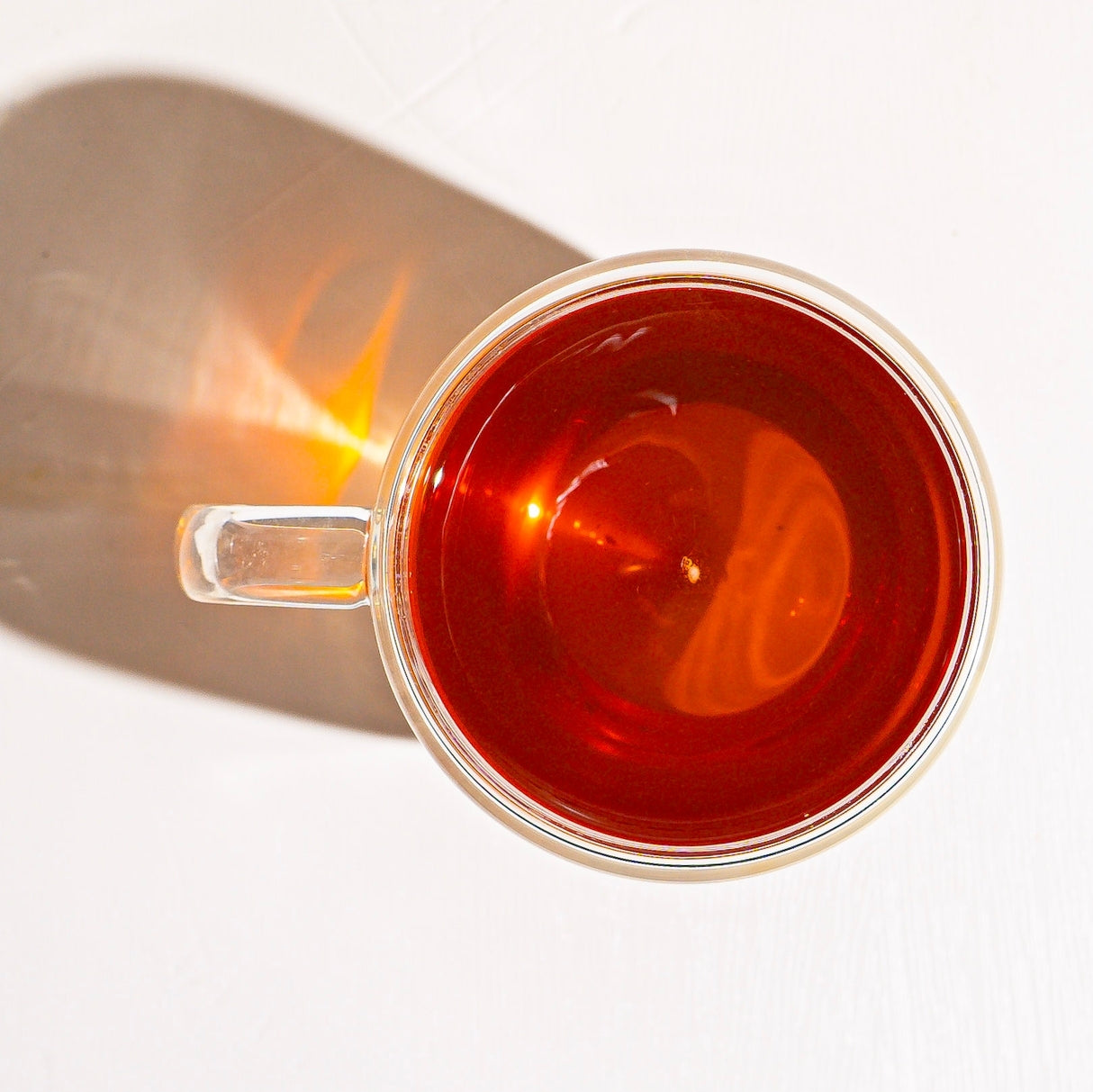1
/
of
3
Almond Tea
3 reviews
Our Almond Tea has deep nutty character. Visualize the almonds in your mind with this tea.
Luxury Ingredients: Black tea, Almond pieces, Calendula + Sunflower petals, Natural flavors
Made with all organic natural flavorings.
*contains Nuts
This tea supports the Ethical Tea Partnership
All Camellia sinensis in our blends contributes to a fairer, more sustainable tea industry.
CAFFEINE CONTENT | HIGH
Cup per oz
10-12 cups per 1 oz
Couldn't load pickup availability
 1-2
1-2
Tea
Spoons


205-212°F
In 475 ml (8oz)

 4-6 mins
4-6 mins
 1-2
1-2
Teaspoons

 205-212°F
In 475 ml (8oz)
205-212°F
In 475 ml (8oz)

 4-6 mins
4-6 mins
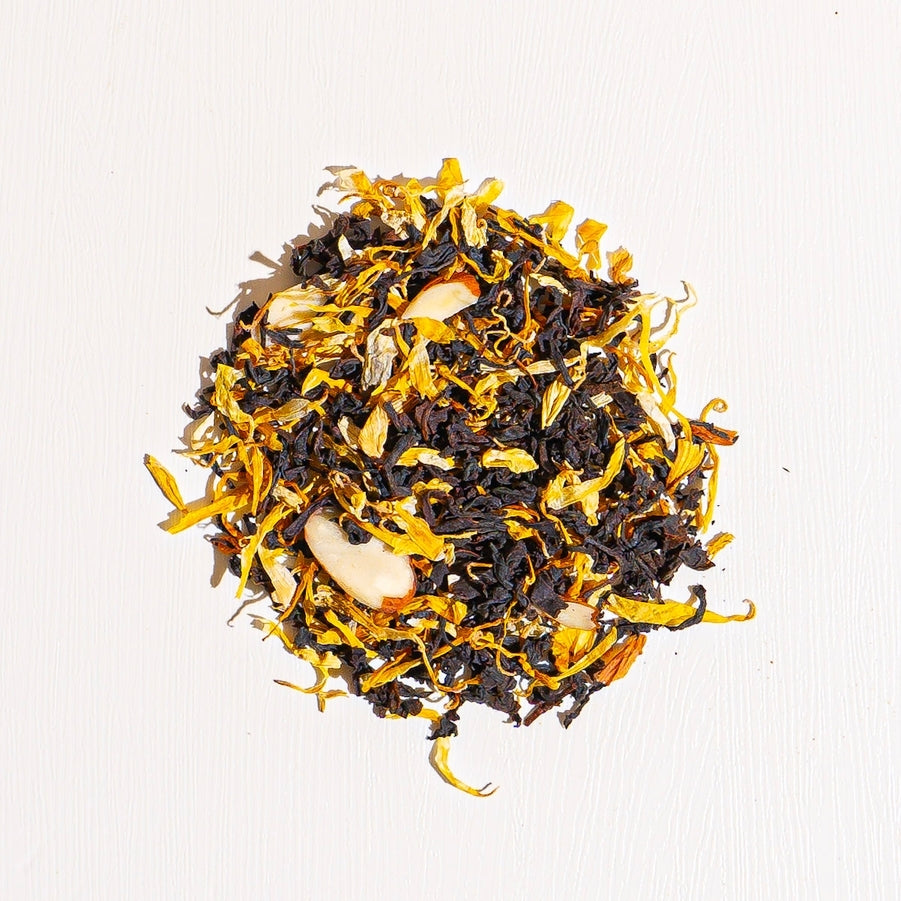
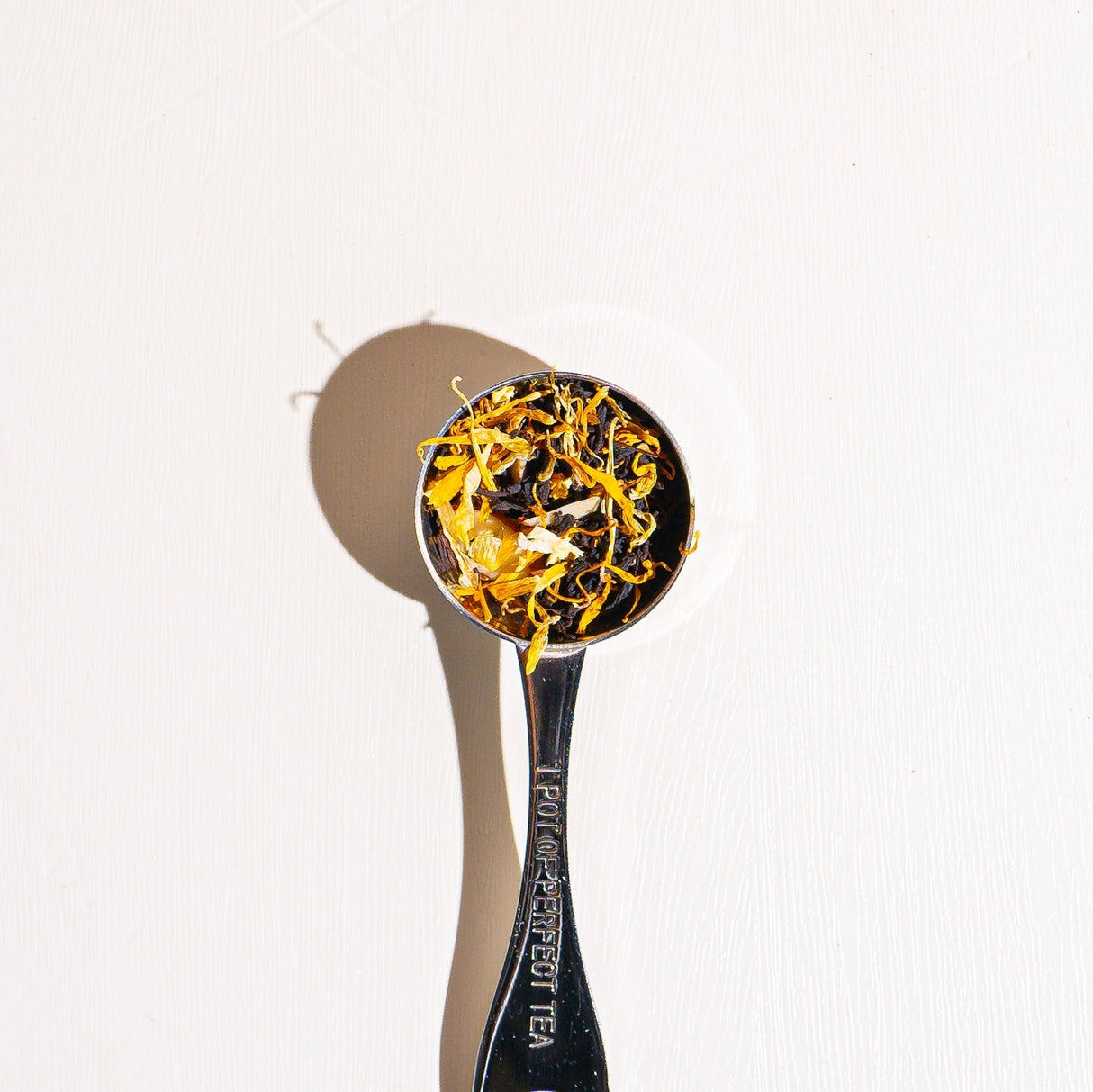
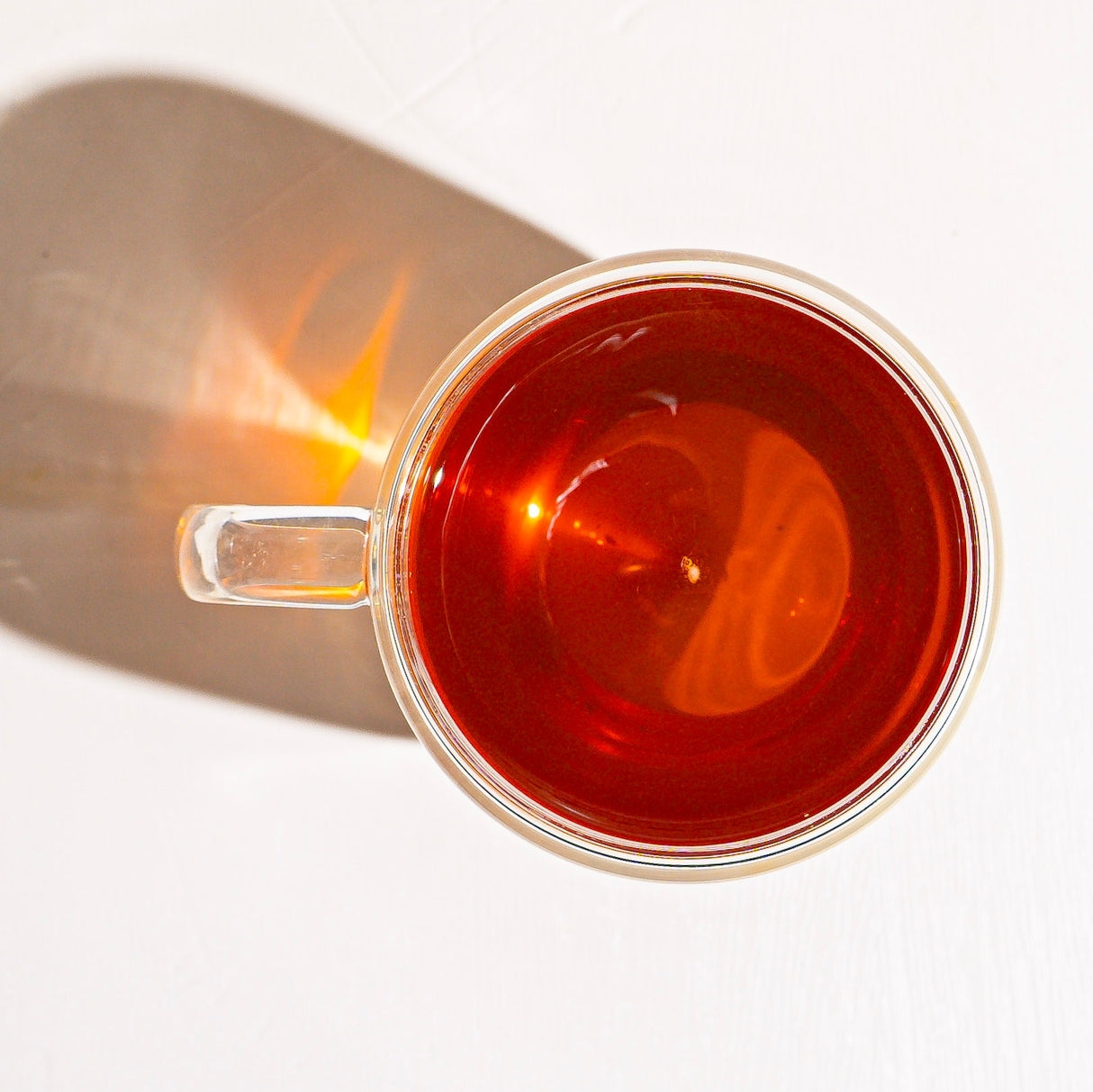

K
Kelly Sherwood Doesn’t taste as much like almond as I wish it would :-)
D
Darla Eden The caldulena and sunflower petals add a pop of colour to this beautiful mahogany tea. The almond flavour is perfect for those days when Earl Grey just isn't what I'm looking for.
S
Susan Kracker Very good tea.


